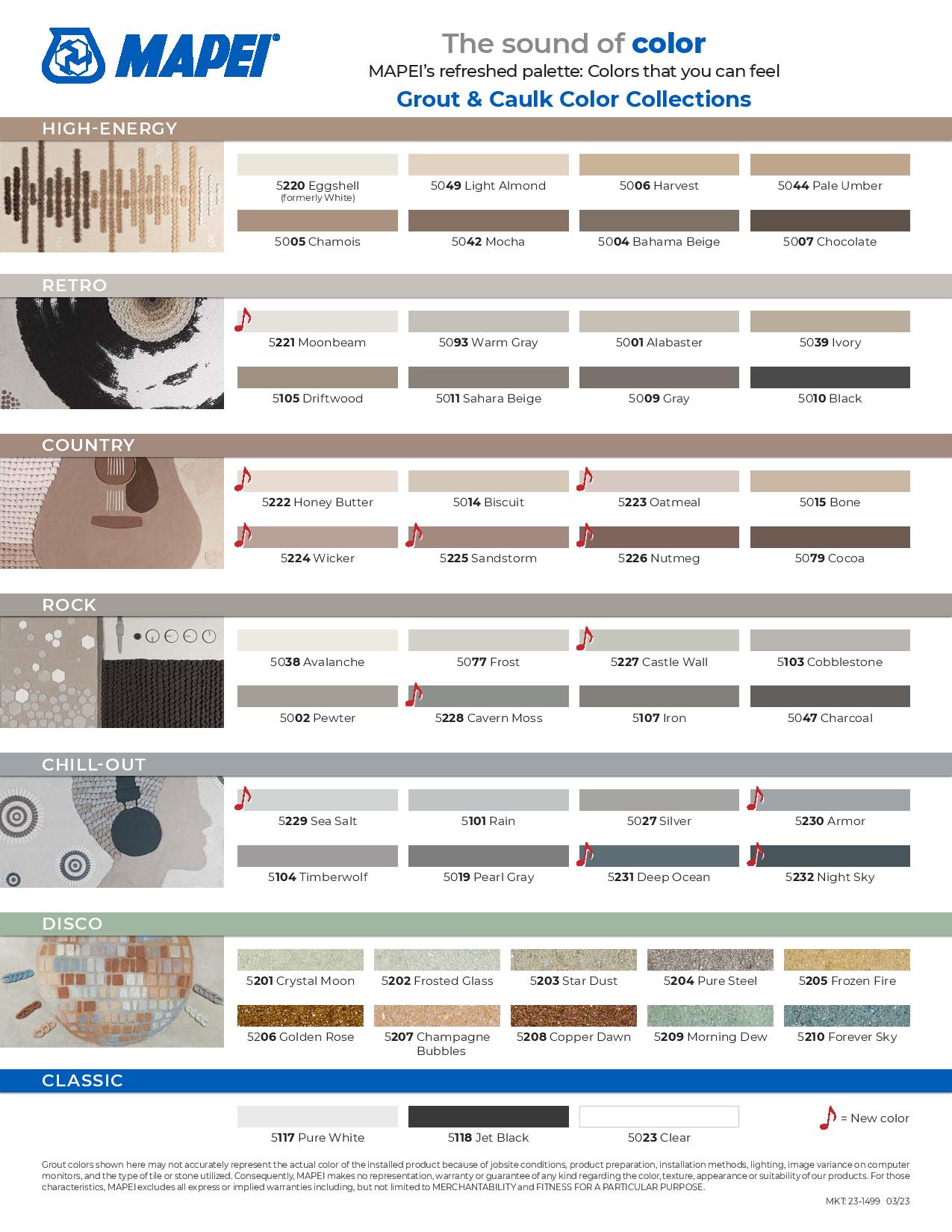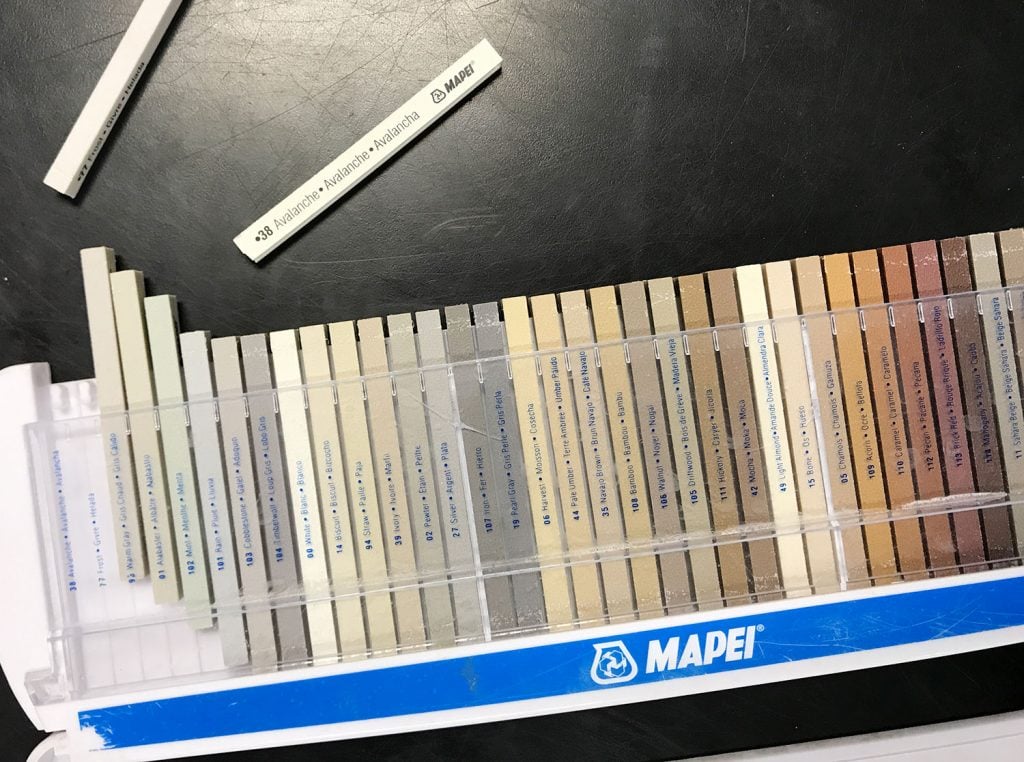When it comes to tiling, grout colors play a pivotal role in achieving that perfect finish. As someone who has undergone multiple flooring projects, I’ve learned that choosing the right grout color can either elevate or diminish the beauty of your tile work. Let’s dive into the world of Floor and Decor grout colors and unlock the secrets to making the right choice!
Understanding Grout and Its Importance
Grout is more than just a filler; it’s a crucial element that binds tiles and enhances the overall aesthetics of your flooring or walls. Here’s why grout matters:
- Durability: Grout adds structural integrity to your tile installations.
- Water Resistance: It helps prevent water seepage, which is essential in wet areas.
- Aesthetic Appeal: The right color can complement or contrast with tiles for a stunning look.
Exploring Floor and Decor’s Grout Color Options
Floor and Decor offers an extensive range of grout colors to suit every design preference. From classic whites to bold blacks, the choices are abundant. Below, I’ll discuss some of the popular grout colors and their potential applications.
Common Grout Colors
| Color | Description | Best For |
|---|---|---|
| Bright White | A clean, bright finish that adds freshness. | Modern spaces, bathrooms |
| Warm Gray | A neutral tone that works well with various tiles. | Living areas, kitchens |
| Charcoal | A bold, dark color that makes a statement. | High-contrast designs, industrial looks |
| Sand Beige | A soft, warm tone that provides a natural feel. | Traditional or rustic styles |
| Deep Blue | A unique color that adds depth to your design. | Accent walls, artistic spaces |
Choosing the Right Grout Color
Selecting the right grout color can be overwhelming, but it doesn’t have to be! Here are some factors to consider:
1. Tile Color and Texture
Your tile’s color and texture should guide your grout color choice. For instance, if you have light-colored tiles, a darker grout can create a stunning contrast, while matching the grout to the tile can create a seamless look.
2. Room Size and Lighting
Consider the size of the room and how natural light enters. Dark colors can make a large space feel cozier, while lighter colors can open up smaller areas.
3. Maintenance
Some grout colors, especially lighter ones, may show dirt or stains more easily than darker options. If you have pets or children, it might be wise to consider how often you’ll need to clean.
Pros and Cons of Various Grout Colors
Every grout color has its advantages and drawbacks. Here’s a quick breakdown to help you understand better:

Bright White Grout
- Pros: Timeless appeal, brightens up the space.
- Cons: Shows dirt and stains easily, requires more maintenance.
Warm Gray Grout
- Pros: Neutral and versatile, complements various designs.
- Cons: May look dull in poorly lit spaces.

Charcoal Grout
- Pros: Hides dirt well, adds a dramatic flair.
- Cons: Can make smaller spaces feel cramped.
Sand Beige Grout
- Pros: Warm and inviting, works well with natural materials.
- Cons: May not provide enough contrast against light tiles.

Deep Blue Grout
- Pros: Unique and stylish, great for artistic designs.
- Cons: Might not suit all styles, can be a bold choice.
Comparing Grout Types: Cement vs. Epoxy
When choosing grout, you also need to decide between cement-based grout and epoxy grout. Here’s a brief comparison:
| Type | Cement Grout | Epoxy Grout |
|---|---|---|
| Durability | Less durable, prone to cracking | Highly durable, resistant to stains and chemicals |
| Water Resistance | Water permeable, may require sealing | Waterproof, no sealing needed |
| Application | Easy to apply, DIY-friendly | More complex, often requires professional installation |
| Cost | Generally more affordable | Higher initial cost, but longer lasting |

Installation Tips for Grout
Once you’ve chosen your grout color, it’s time for installation! Here are some tips I’ve learned through experience:
1. Prepare Thoroughly
Make sure your tiles are clean and the joints are free from debris. Proper surface preparation is key to a successful grout application.
2. Mix Grout Properly
Follow manufacturer instructions for mixing the grout. The consistency should be similar to peanut butter—smooth but not runny.
3. Apply Evenly
Use a grout float to apply grout evenly across the tiles, ensuring it fills all gaps. Take your time, and don’t rush through this step.
4. Clean Excess Grout
Wipe off excess grout from your tiles before it hardens. A damp sponge works best for this to avoid scratching the surface.
FAQs About Floor and Decor Grout Colors
What is the best grout color for large tiles?
For large tiles, a grout color that matches closely with the tile can create a seamless look. If you want more definition, consider a contrasting color that will not overwhelm the space.

Can I change the grout color after it has dried?
Yes, you can change the grout color using a grout stain, but it requires some prep work. Make sure to research the best methods for applying stain to avoid damaging the grout.
How often should I seal my grout?
Sealing frequency depends on the grout type. Cement-based grouts should be sealed annually, while epoxy grouts generally do not need sealing.
